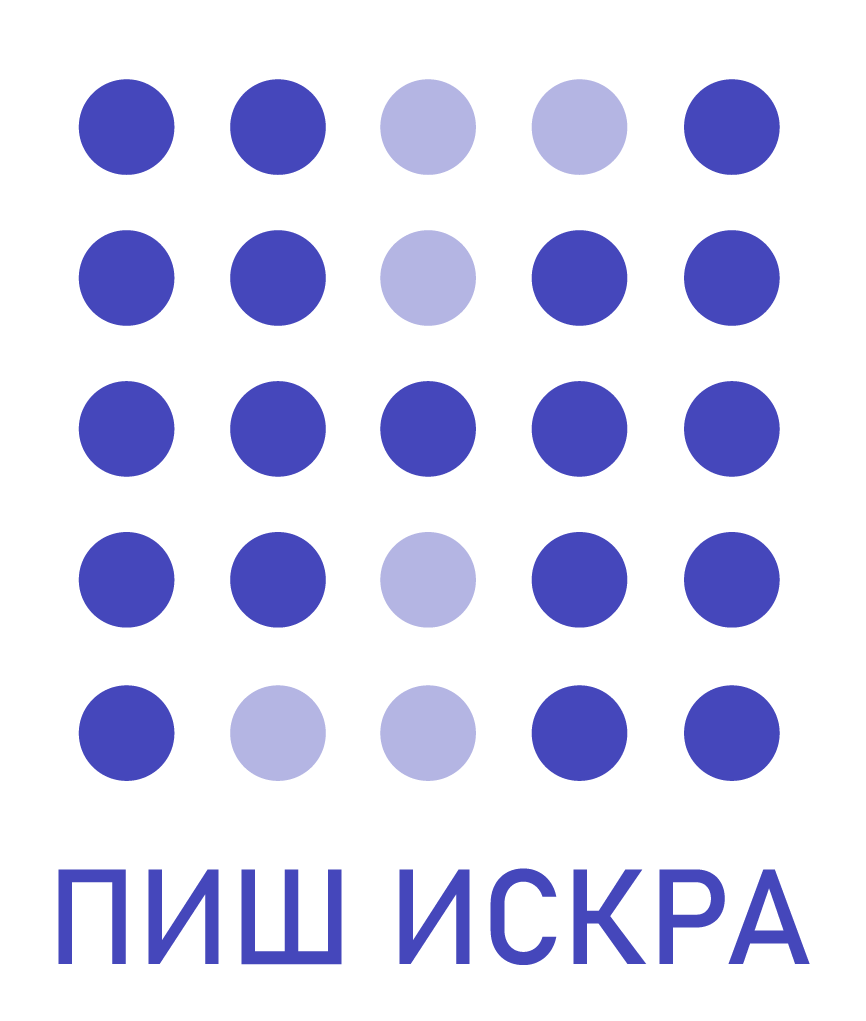Central Museum of Railway Transport
Federal State Institution of Culture «Central Museum of Railway Transport of the Russian Federation» is one of the oldest scientific and technical museums in the world. It was organized by the Manifesto of Emperor Alexander I together with the Institute of the Transport Engineers Corps.
In 1813, the museum received its first exhibits. It was organized for educational purposes and had six rooms: model and mechanical room, construction and working tools room, physical, geodetic, mineralogical, room of samples of building materials. The museum received various kinds of exhibits: models, layouts, drawings, and documents, which were sent by organizations that built roads, bridges, canals and other structures in Russia.
June 25 (July 6, Gregorian calendar) 1896 marked the 100th anniversary of the birth of Emperor Nicholas I, who played an important role in introducing the first railways in Russia. Minister of Railways M.I. Khilkov proposed to establish a museum for various models, structures, shells and machines.
On December 6, 1902, the Museum of the Department of Railways named after Emperor Nicholas I was officially opened.
Later, the museums of the Department and the Institute were combined into one museum.
After the start of the Great Patriotic War (1941 — 1945), the most valuable collections of the museum were evacuated to Novosibirsk, the museum itself was closed to be reopened only on May 18, 1948. In the summer of 1948, the first post-war exhibition was held in honor of the Railwayman’s Day in the Central Park of Culture and Leisure of Leningrad.
In 1987, a major event took place in the life of the museum — it became the Central Museum of Railway Transport of the Ministry of Railways. The change in status made it possible to raise the level of research on the railway transport history, expand exhibitions, broaden the scope of work.
Currently, the museum’s funds contain more than 60 thousand items. Collections on the rolling stock history: albums, drawings, photographs, books; models of locomotives (steam, diesel, electric) and carriages, accounting for more than 300 units, and about 50 units of full-scale locomotives.
The collection materials of the museum are visual evidence of the history of railway construction in Russia, of the formation and development of railway science and technology.
The museum’s expositions are constantly updated, funds are replenished with new items, thematic exhibitions are organized, and new forms of work with visitors are established.



